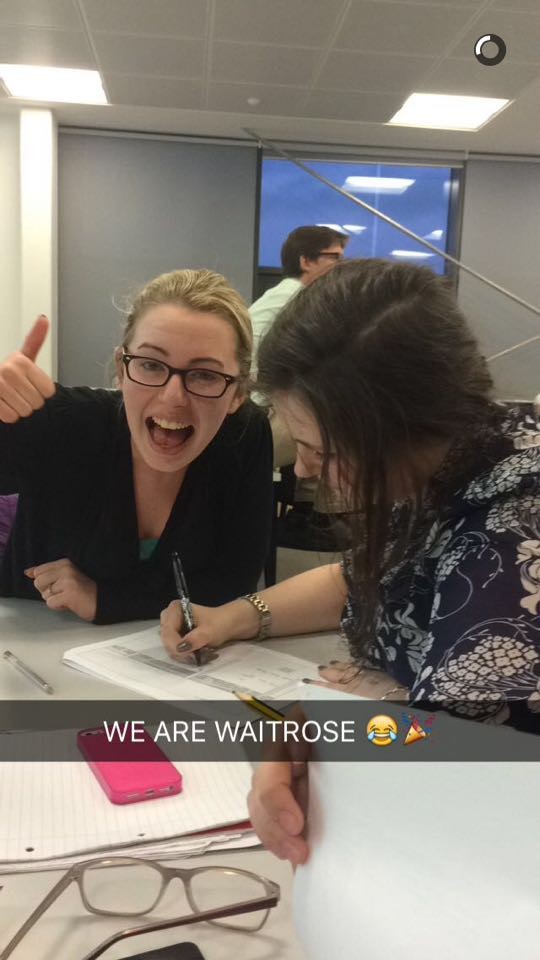Since today was our third day back after the Christmas holidays, I thought it could do with a post about the beginning of the new module. The module is about Interagency or Multiagency working. This, as you can imagine, is highly important for teachers. In the most basic terms, it means professionals in the lives of the children: teachers, police, social work, healthcare workers, community learning officers… The list goes on but those are some of the main ones.
We have been split into groups of 7 or 8. We are to do group activities and go on community visits together. Having met and discussed this with the rest of my group, I am feeling really confident in our ability to work collaboratively with this group. This is a massive benefit, as we have been told that this is not always the case. Clearly, as professionals, we have to simply work with the other professionals in the childrens’ lives – obviously, we cannot allow children to be put in danger just because we do not particularly like their social worker. I believe that the same logic applies here, as we cannot just decide not to work with each other because we do not like each other. I think that it is essential to remember this throughout the module with the group and to reflect on any issues arising.
I think that the main goal for the module is to keep up with the lectures and tutor directed tasks. Of course it is always good to keep up with these things, but for this module there are 6 other people who will be relying on my to do my share of the work in order to be able to do do their own or to learn their own materials. I also would like to set the goal of building a relationship with the remainder if the group, as I have identified the need to be able to speak to each other openly and honestly, especially if any problems arise between us. Towards the end of the module, I will update this post to see if I have managed this.
http://amberleyeducationcumbria.co.uk/onewebmedia/Picture%2014.jpg



